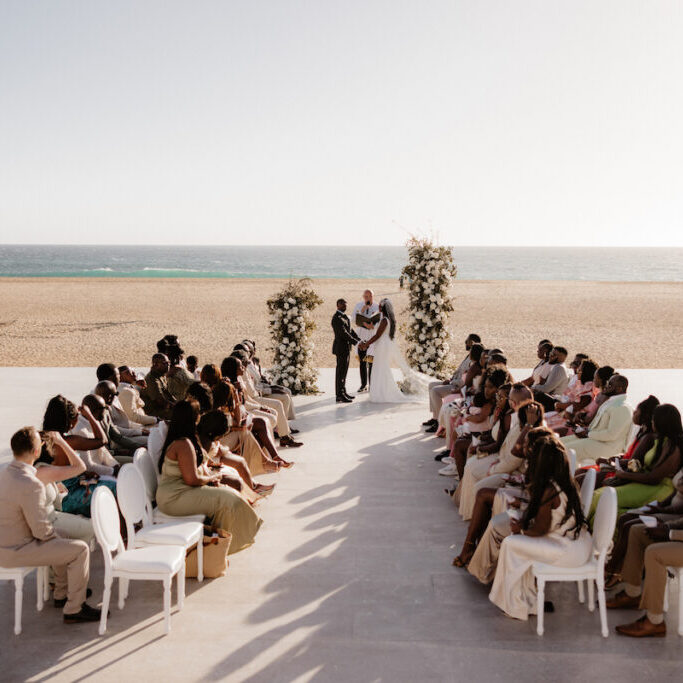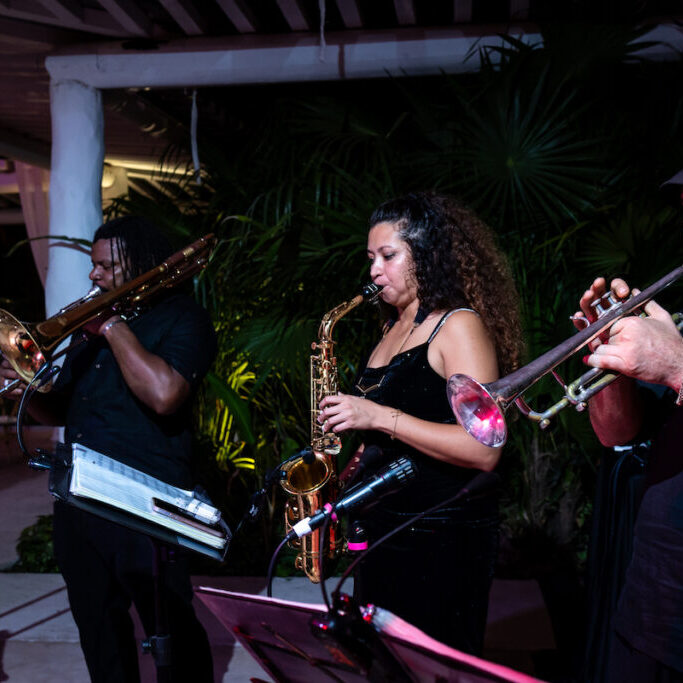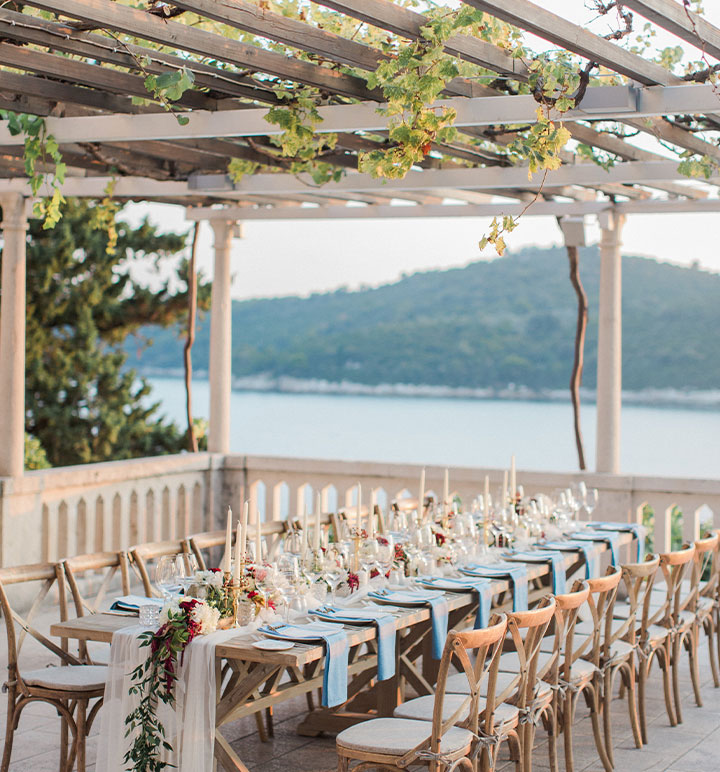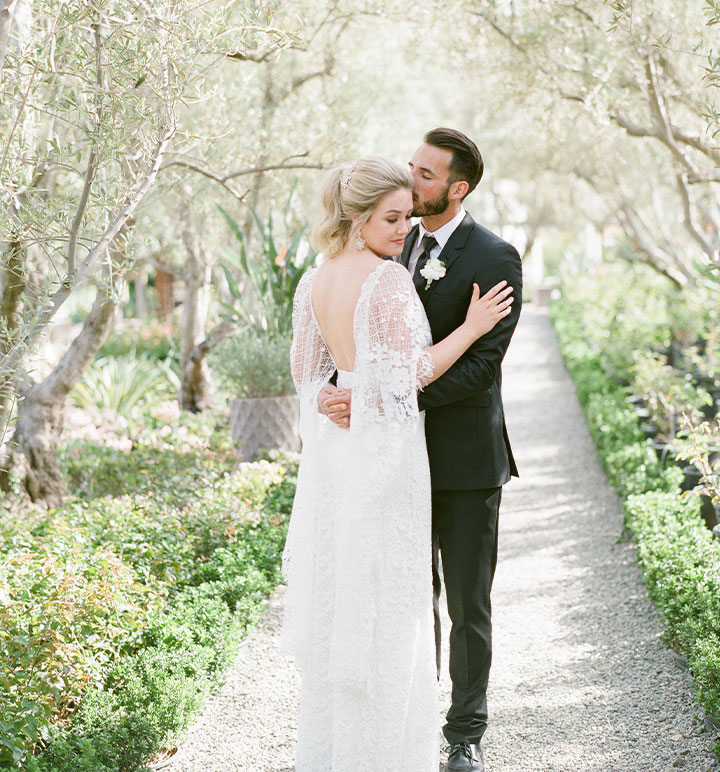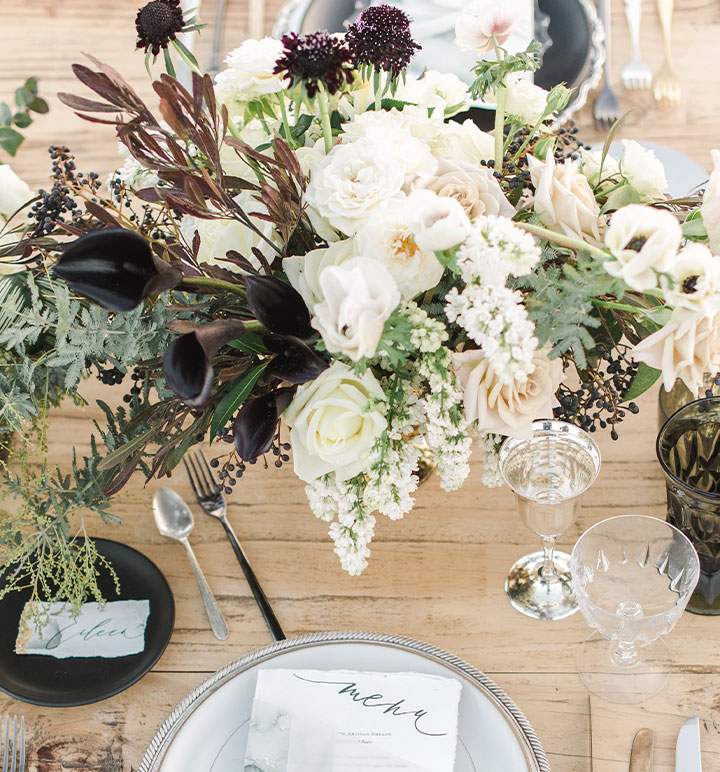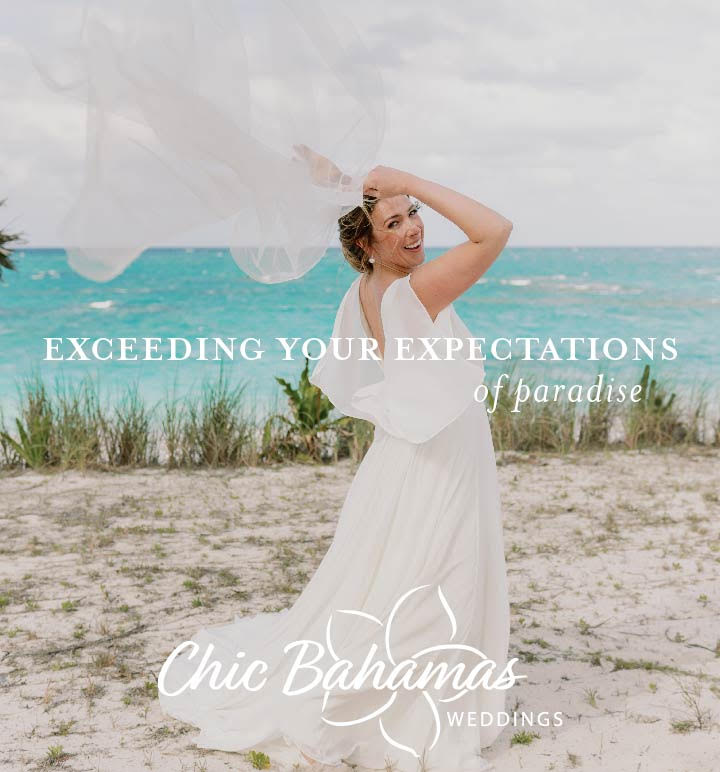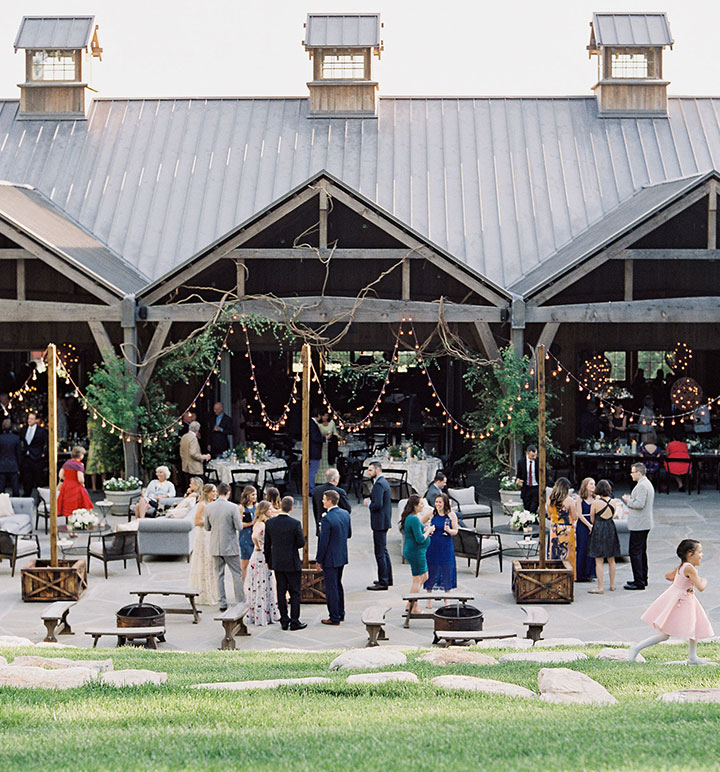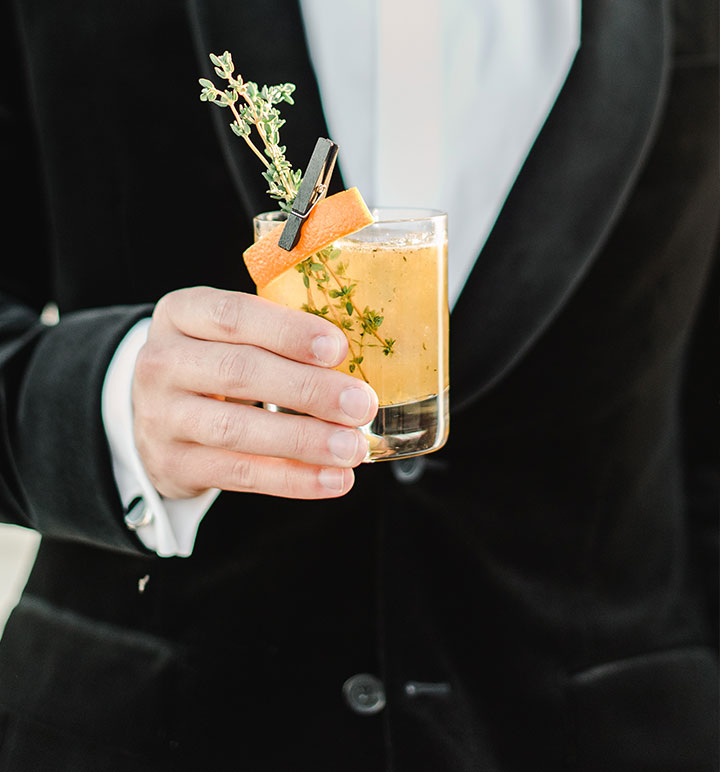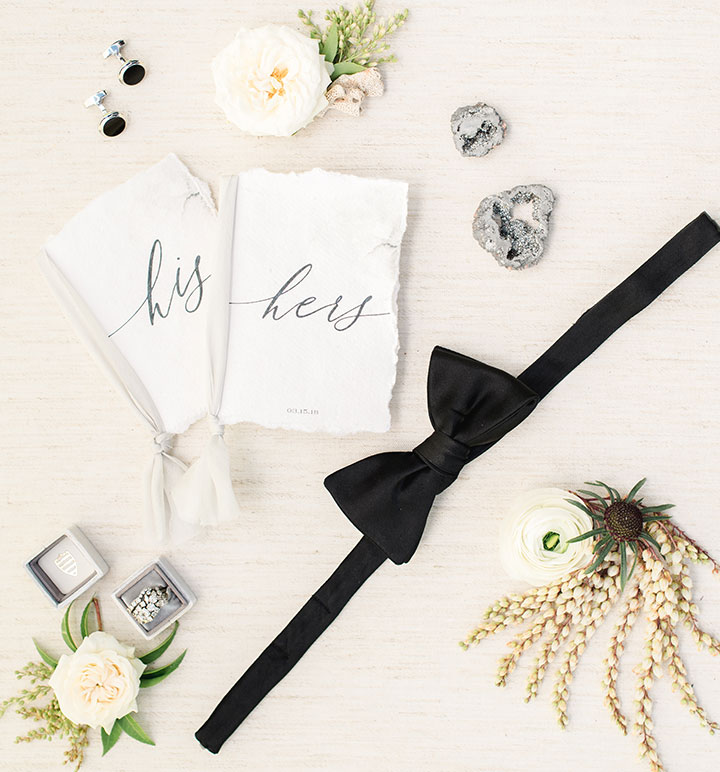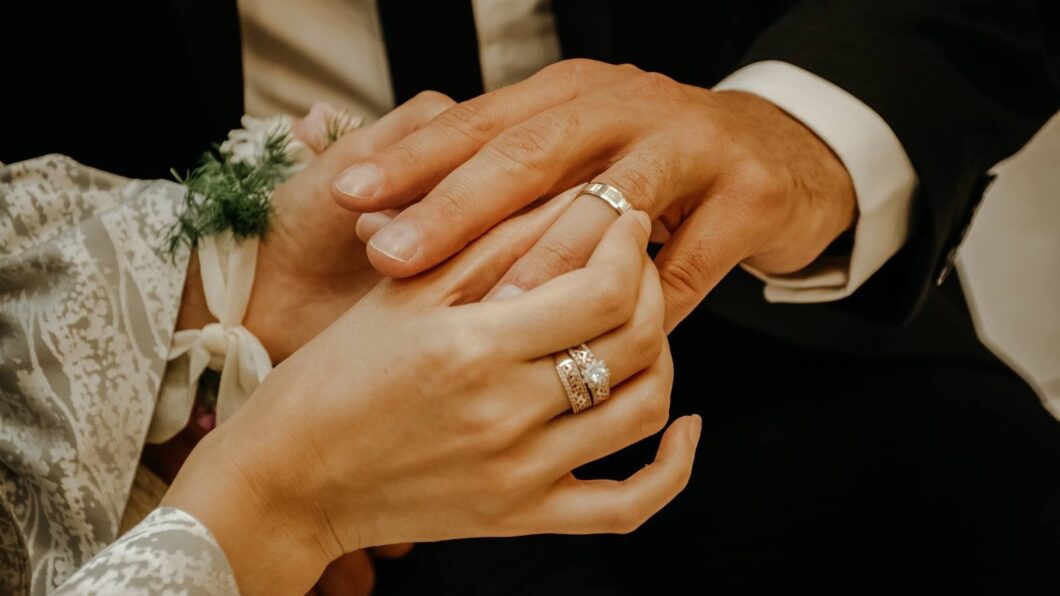
What to Know Before Restoring a Ring
CATEGORIES
November 11, 2021
Words by
Photos courtesy of
Gone are the days when the princess cut or metal type were the sole differences between your engagement ring and the next one on the market. There are more options than ever in bridal jewelry these days, allowing fiancés to be more creative with their forever jewelry. Many couples are veering away from bright and shiny new diamond or jewel rings to, instead, restore a cherished family heirloom ring. The sentimental value of such rings is reason enough to choose this route, but it’s also allowing couples to put more money towards their weddings and honeymoons! If you are considering adopting and restoring a vintage piece for your engagement ring, you won’t want to miss these insights from master jewelry restorer, Ray Griffiths:
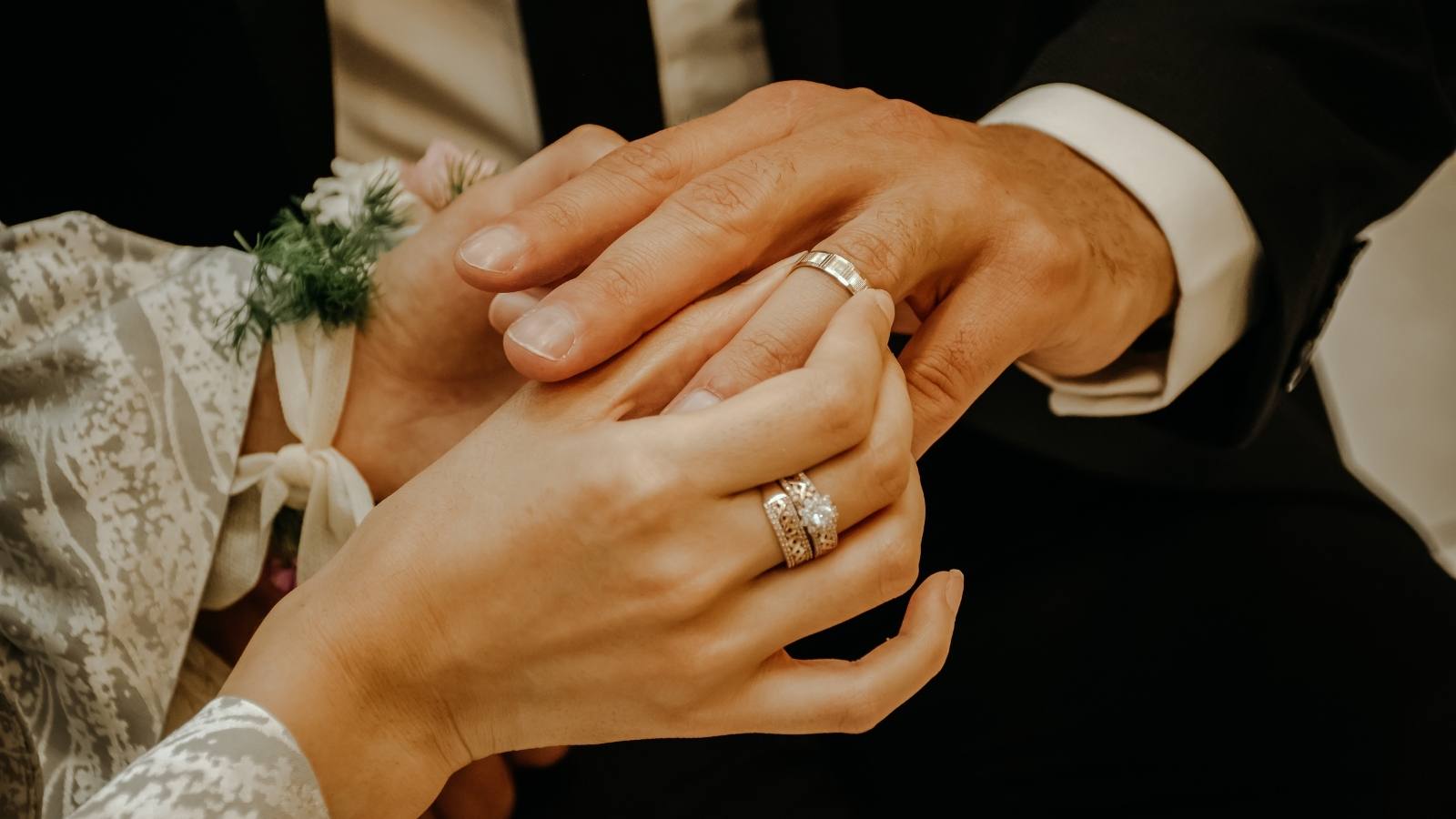
“First I ascertain the condition, I look at the quality of the gold and stones/gems in the piece.”

“Any stones that are chipped or broken may need to be replaced.”
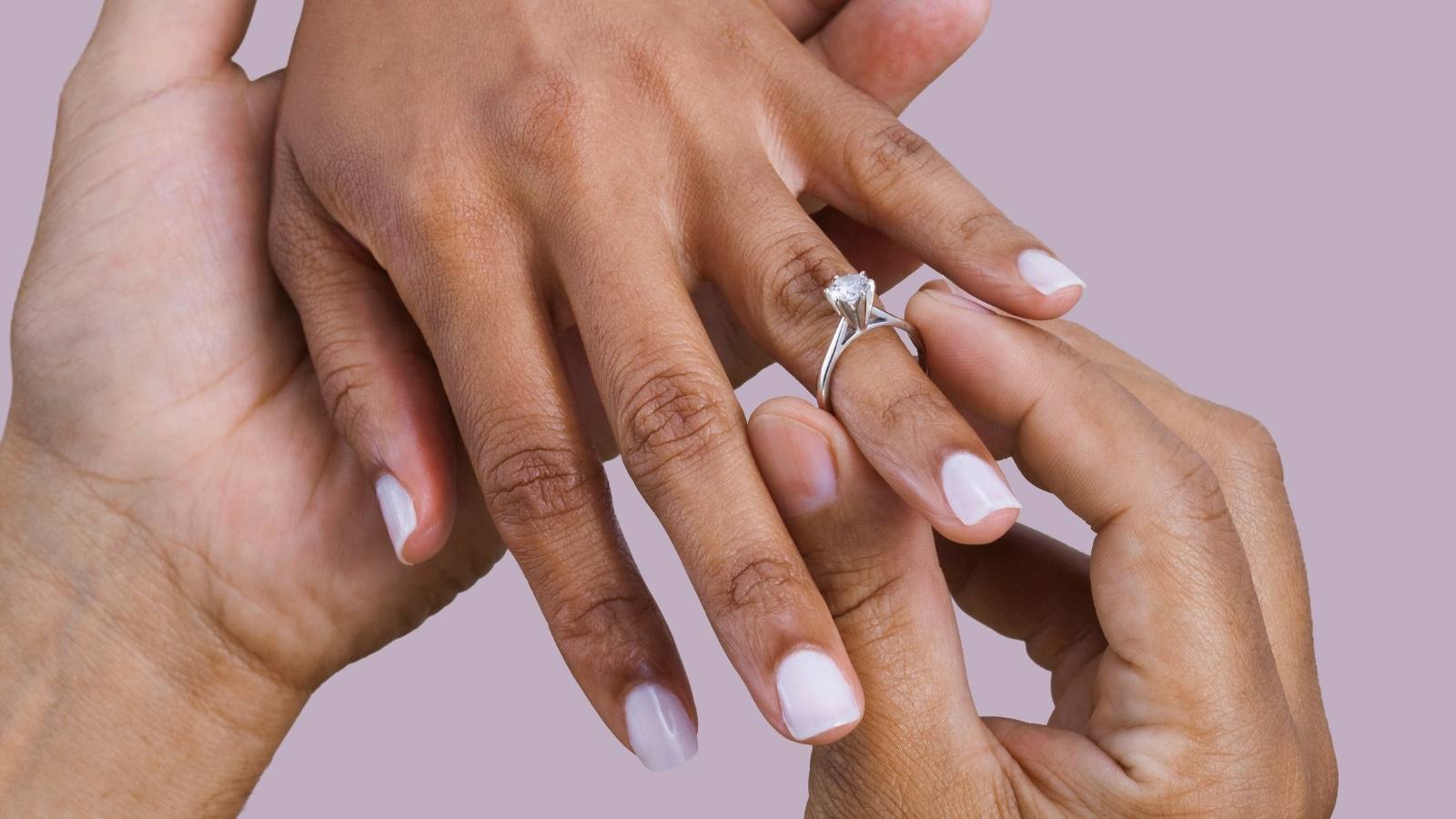
“The settings on a ring may need new claws. Any clasps on a necklace or bracelet may need to be replaced or need tightening.”

“Often pieces may have lost stones over the years which may need to be replaced.”
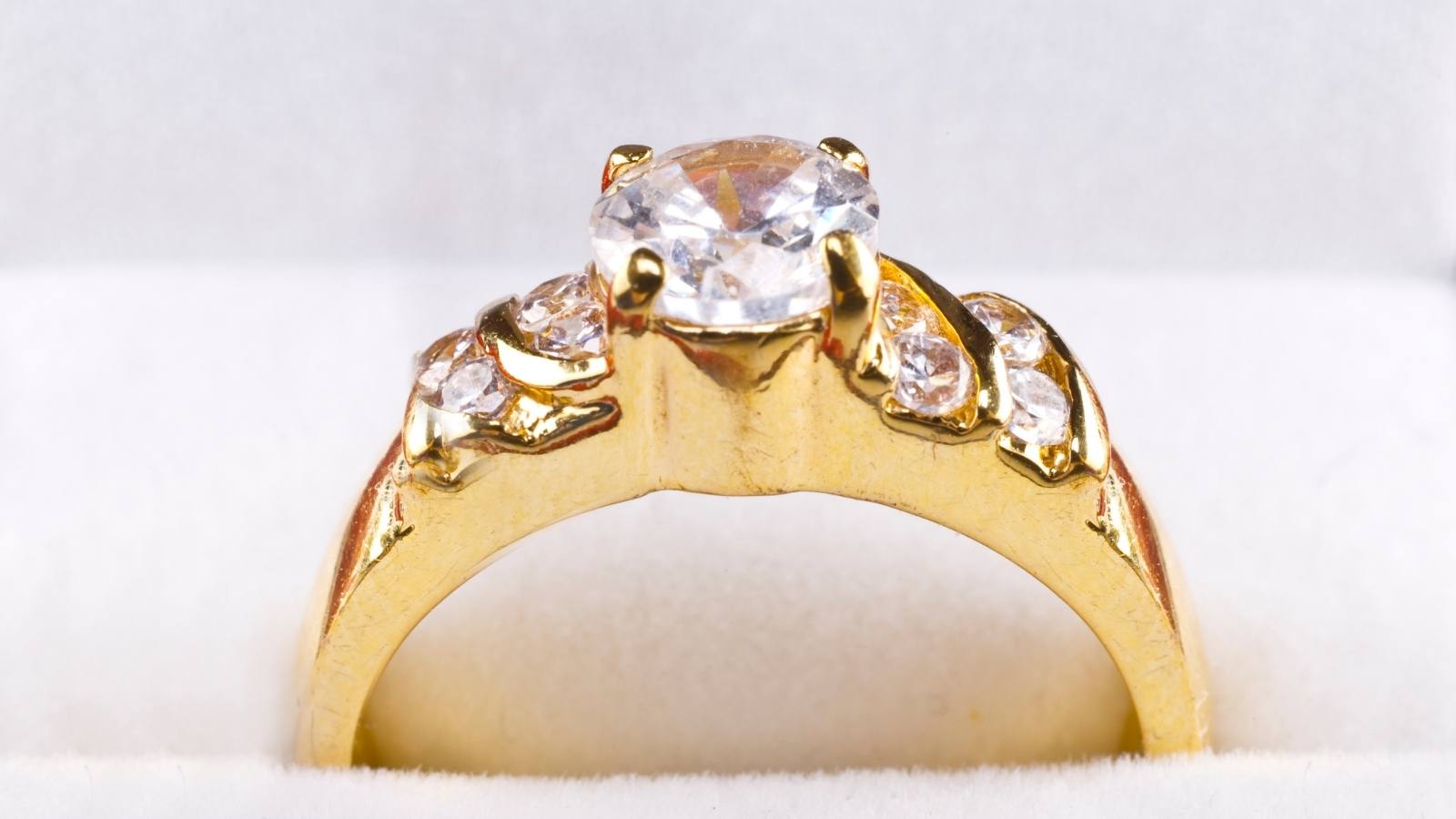
“Rings or bracelets may need to be resized to fit the new owner. Consider any style modifications to alter for new taste preference. If it’s a piece that was saved for best over the years you may want it modified for everyday wear.”
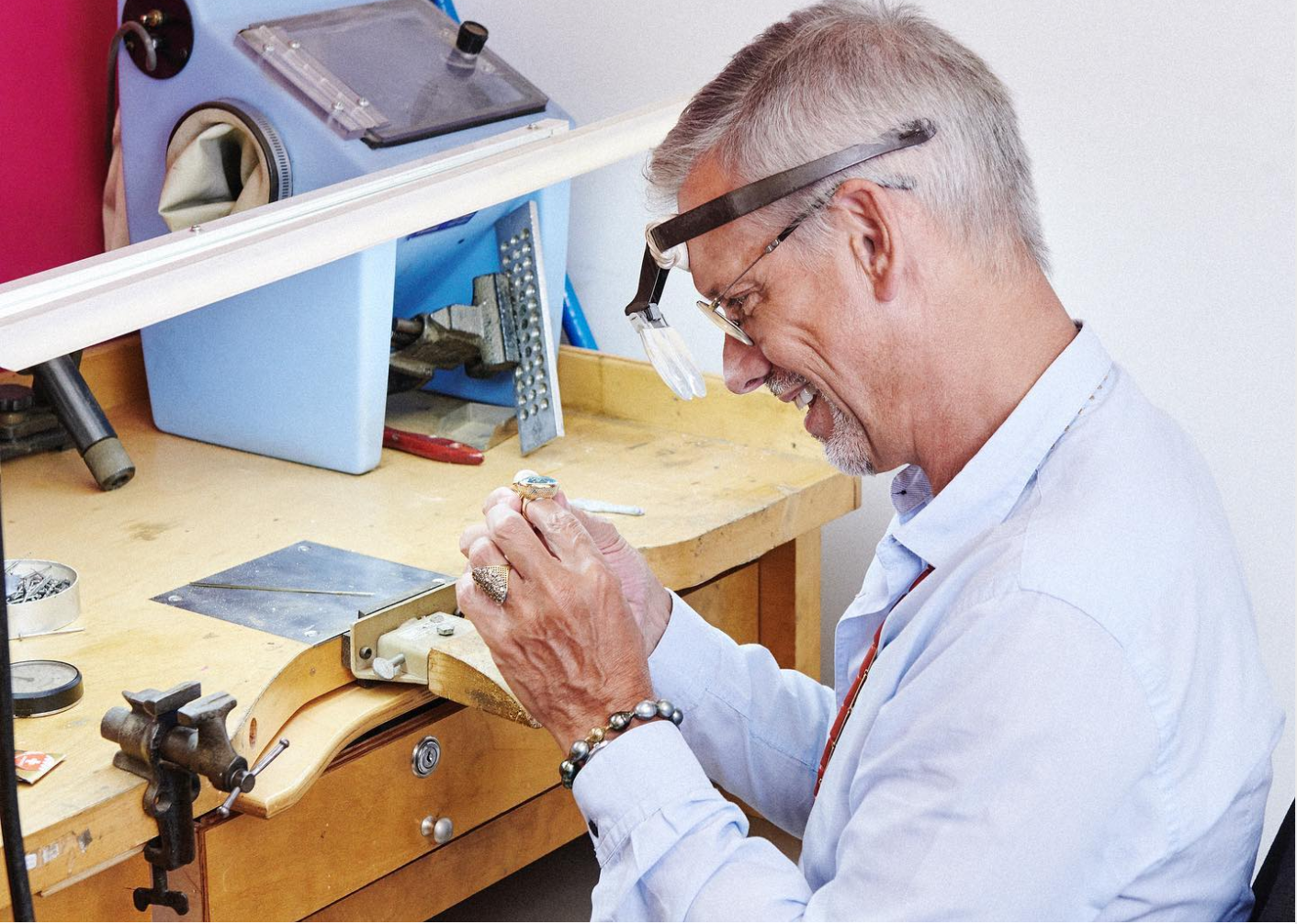
About Ray: Australian-born; New York-based designer/goldsmith Ray Griffiths is legendary for visionary design, superb quality gem materials and intrepid, master artisanship. Having trademarked the distinctive, chic and airy 18-karat gold jewelry genre called Crownwork® in 2014, Griffiths has earned an assured place in jewelry history, although he’s too modest to say so. While he’s also renowned as a master jewelry restorer, this year marks the 20th anniversary of Griffiths creating adornments in the USA.












